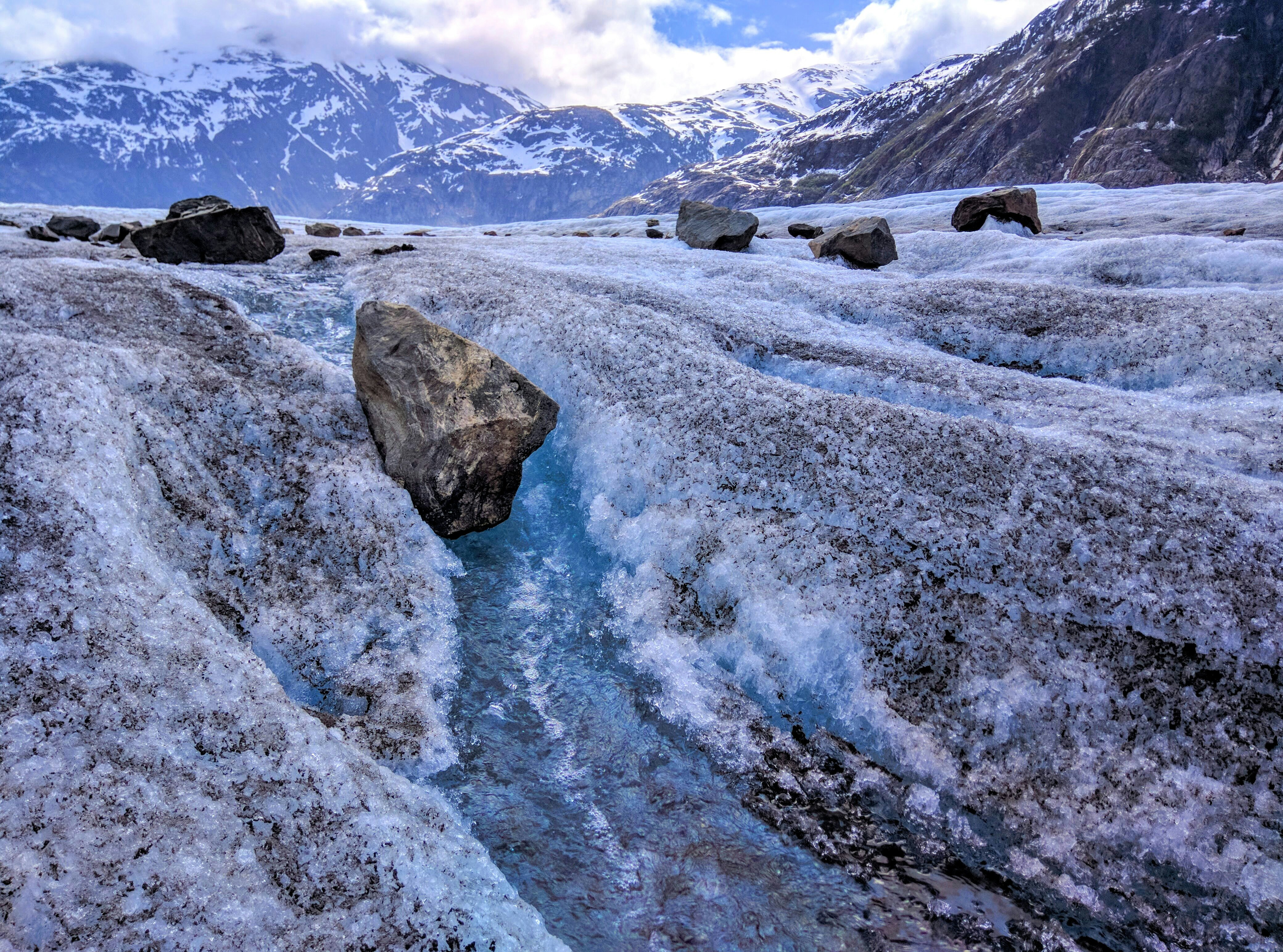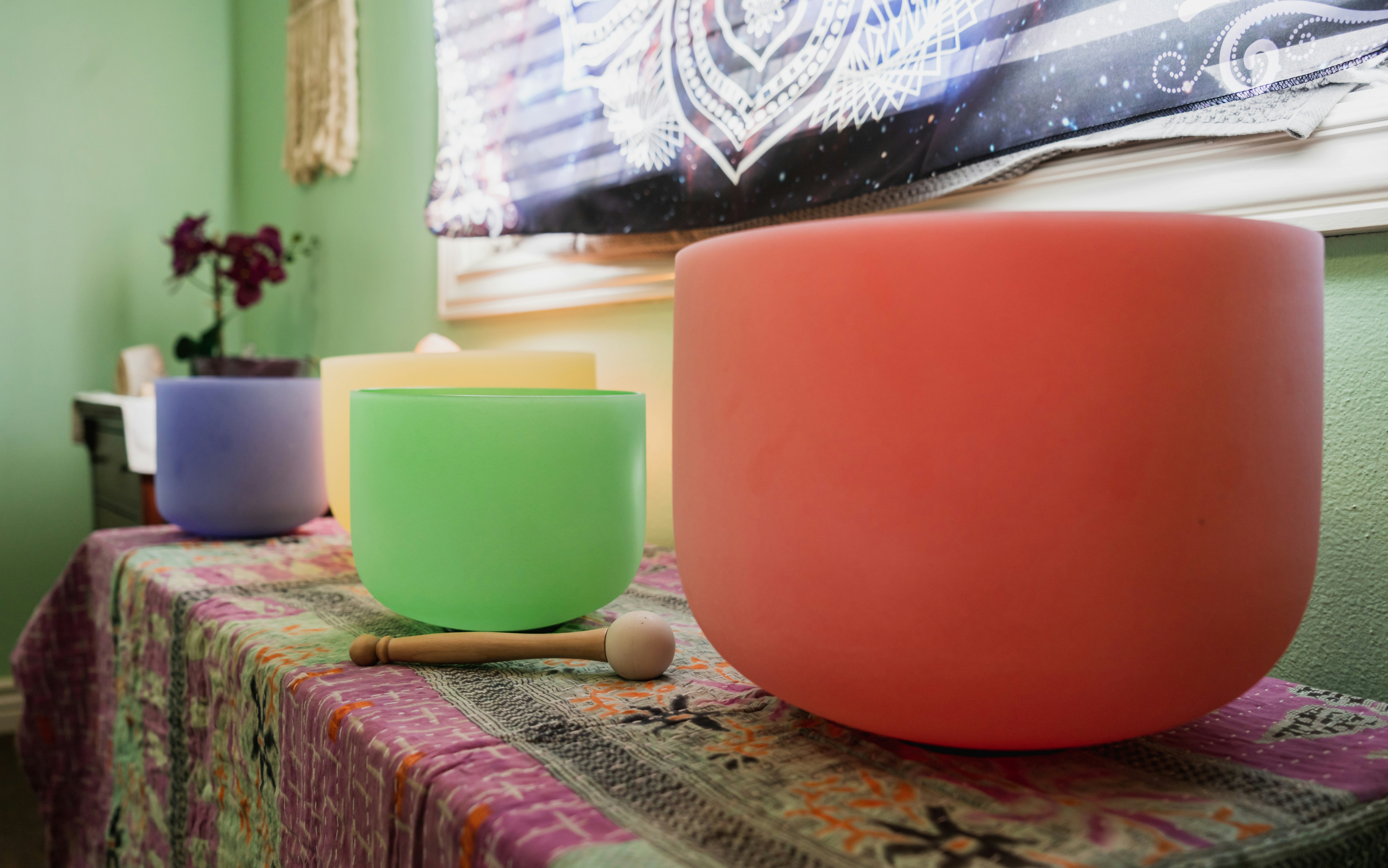Have you ever wondered how something as simple as cold water could unlock a hidden well of mental resilience within you? It’s an intriguing thought, isn’t it? cold plunging, sometimes referred to as cold immersion or cold therapy, might not be the first tool that springs to mind when you think about strengthening mental fortitude. Yet, it has been quietly making waves in wellness circles globally, promising benefits that touch both body and soul.
The Allure of Cold Plunging
In a world obsessed with comfort, why would anyone willingly subject themselves to the icy embrace of cold water? The answer lies in the profound and often surprising ways it can enhance mental strength and clarity. Humans have been using hydrotherapy for centuries, but the modern twist has integrated a wealth of psychological benefits too. Let’s embark on this exploration to understand how taking the plunge—quite literally—can bolster your mental resilience.
The Science Behind Cold Exposure
Before jumping into your nearest cold body of water, it’s crucial to grasp the science underlying cold plunging. Just what happens to your body and mind when you immerse yourself in cold water?
What Happens to Your Body?
When you immerse yourself in cold water, your body undergoes vasoconstriction, where blood vessels narrow, conserving heat by redirecting blood flow to vital organs. This response is not just about survival; it’s about a recalibration of physical and mental states. The initial sharp intake of breath caused by cold water is a reflex action—a rapid inhalation that fills your lungs with oxygen, increasing alertness and arousal.
What Happens to Your Mind?
The sudden exposure to cold can trigger a rush of neurochemicals such as norepinephrine, which enhances focus, mood, and attention. This isn’t about just gritting your teeth and bearing the chill; it’s about your mind becoming more vibrant and awakened, akin to feeling rejuvenated without the caffeine hit. Studies have highlighted how this practice can reduce symptoms of depression and anxiety, promoting a more serene and yet resilient mental state.
Unpacking Mental Resilience
So, how does cold plunging contribute to mental resilience? To untangle this, let’s first examine what mental resilience actually means.
Defining Mental Resilience
Mental resilience refers to your ability to adapt and bounce back when things don’t go as planned. It’s that inner strength that helps you withstand and rise from adversity, stress, and life challenges. It’s like an emotional rubber band—strong, flexible, and capable of withstanding tension without breaking.
Building Toughness Through Cold Exposure
This form of cold therapy is not about inflicting discomfort for no reason. Instead, it’s about intentionally stepping out of your comfort zone, albeit briefly, to train your mind under controlled conditions. This practice gradually equips you to handle life’s more unexpected demands and stressors with grace and stability.
The Physical Side Effects: More Than Skin Deep
While the focus is often on the mental benefits, it’s important to recognize the physical side effects of cold plunging because they contribute significantly to the overall experience.
Enhanced Circulation and Recovery
Regular exposure to cold water can enhance circulation, helping blood to flow more efficiently throughout the body. It’s particularly beneficial for speeding up recovery from physical exertion. Athletes often use cold plunges to reduce muscle soreness and inflammation, enabling quicker recovery and enhancing performance.
Strengthened Immune System
Furthermore, consistent cold exposure can fortify your immune system. It prompts the release of leukocytes, the white blood cells that help combat illnesses. This enhanced immune function means you’re not just training to be mentally hearty, but also building a body that’s resilient against common colds and infections.
How to Start Cold Plunging: A Step-by-Step Approach
Embarking on your cold plunging journey doesn’t mean diving headfirst into freezing lakes. It’s a practice that requires a thoughtful approach to reap the benefits safely and effectively.
Step 1: Understand Your Why
Begin by understanding why you want to incorporate cold plunging into your life. Is it for mental fortitude, physical recovery, or overall well-being? Being clear about your motivations can help sustain you through the initial shock and adjustment period.
Step 2: Start Small
Your first plunge doesn’t have to be a full-body immersion. Begin with cold showers, gradually decreasing the water temperature over several days or weeks. Slowly extending the duration you spend in cold water can also help your body adapt more comfortably.
Step 3: Consistency is Key
Like most practices, consistency trumps intensity. Aim to engage in cold plunging regularly to build a habit. Twice a week is a good start, and as you become more comfortable, you can increase the frequency and length of exposure.
Step 4: Listen to Your Body
Cold plunging should make you feel invigorated, not unwell. Listen to your body and adjust your approach if you feel overly uncomfortable or if your body reacts negatively. Every individual is different, and finding the right balance is crucial to long-term success.
Mental Toughness: The Plunge’s Unexpected Gift
It’s not merely the act of cold plunging that wills resilience into being, but the powerful lessons it embodies.
Embracing Discomfort
Every second in cold water teaches you to embrace discomfort and transform it into a source of strength. It’s a physical manifestation of mental challenges, offering a safe space to practice stress management and develop a robust mental framework for dealing with life’s adversities.
Building Mindfulness
Cold plunging also promotes mindfulness through its meditative aspect. As you plunge into the cold, your mind races, but it also comes to the present—forcing you to focus on the here and now. This acute awareness fosters a meditative state where worries of past and future dissolve, and only the current moment matters.
Cultivating Gratitude
Emerging from the cold, there’s a warmth of gratitude as your body starts to thaw, a renewed appreciation for warmth and comfort. It’s a simple reminder of life’s small pleasures, of comforts taken for granted, cultivating a mindset that finds joy even in little things.
Integrating Cold Plunging in Modern Life
Incorporating cold plunging into today’s fast-paced lifestyle requires thoughtful integration. Here’s how you can make it work seamlessly.
Cold Plunging at Home
Create an at-home setup with an ice bath or shower. Utilize your bathtub with bags of ice or explore purchasing a plunge pool designed for personal use. The convenience of an at-home option means you can schedule plunges whenever it fits into your daily routine.
Joining a Community
Engage with local or online communities that share an interest in cold therapy. Participating in community plunges can offer both social interaction and support. Learning from others’ experiences can provide valuable insights, keeping you motivated and inspired.
Potential Challenges and How to Overcome Them
Even with all its benefits, cold plunging isn’t devoid of challenges. Here’s a look at potential hurdles and strategies to tackle them.
Overcoming Fear and Apprehension
The thought of immersing in cold water might be intimidating, but gradually accustomed exposure reduces fear. Believing in the benefits and visualizing successful outcomes can help create a positive mindset to overcome this apprehension.
Maintaining Motivation
Consistency could be difficult on dreary mornings. To counter this, keep track of progress and celebrate small victories. Journaling about your experiences, joining a plunge buddy, or listening to motivational content can also reinforce your resolve.
Comparing Cold Plunging with Other Stress-Reduction Techniques
To fully understand cold plunging’s place in stress management, it’s helpful to compare it with other techniques. Here’s a simple table for a quick comparison:
| Technique | Benefits | Limitations |
|---|---|---|
| Cold Plunging | Quick mental benefits, immune boost | Discomfort, requires access to cold water |
| Meditation | Enhances focus, reduces anxiety | Requires practice for deep effect |
| Yoga | Increases flexibility, mental clarity | Time-intensive, needs space |
| Deep Breathing | Reduces stress, easy to practice anytime | Short-term effect |
Each of these practices offers unique benefits, and incorporating a blend can provide a well-rounded approach to mental resilience.

The Future of Cold Plunging
When looking forward, it’s evident that cold plunging is becoming more than just a fleeting trend. It’s aligning with broader wellness movements that emphasize holistic and unconventional approaches to building resilience and well-being.
Increased Popularity and Research
As interest grows, more scientific research continues to explore and substantiate the multifaceted benefits of cold therapy. This increase in information can lead to better understanding, wider acceptance, and improved methods for safe and effective cold plunging.
Evolving Practices
The future holds endless possibilities—from technological advancements offering more convenient setups, to innovative methods of combining cold experiences with other wellness practices. Cold plunging could evolve into tailored regimens integrating insights from personal and collective experiences.
Concluding Thoughts
Cold plunging is a remarkable blend of ancient wisdom and modern-day self-care efforts. While the initial plunge may seem daunting, the transformation it offers goes beyond physical endurance, enriching your life with newfound mental resilience. Everything—right from the shivering moments in icy waters to the moments of profound clarity—comes together to shape a stronger, more flexible you.
Embarking on this journey doesn’t promise an ultimate elimination of life’s stressors, but it does fortify you to meet them with strength and grace. So, next time you encounter a cold stretch of water, ponder: Could this be the refreshing start that transforms your mental resilience?





